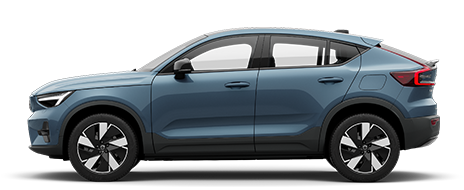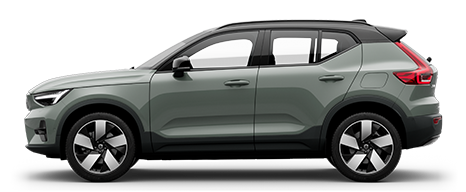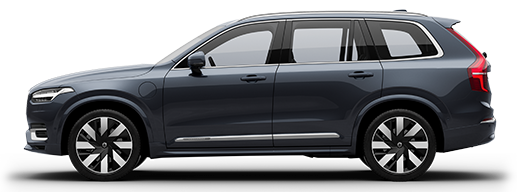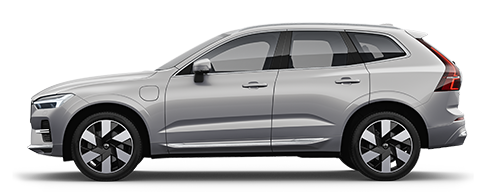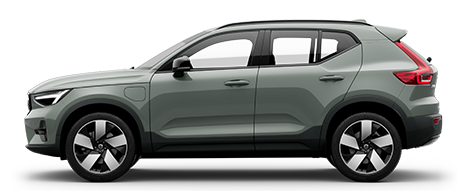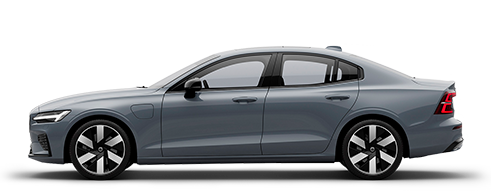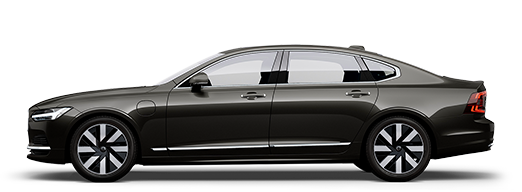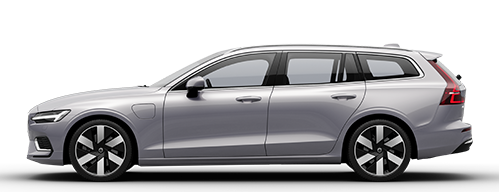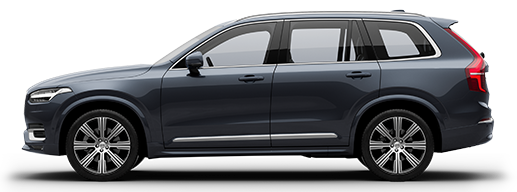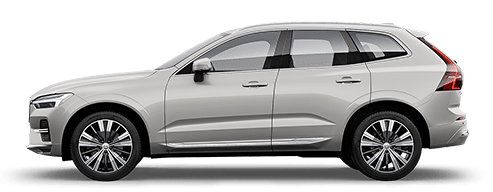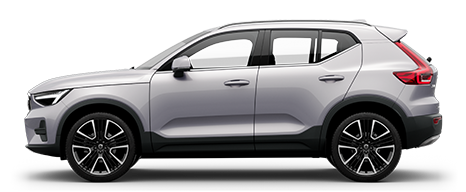Planning your driving
Utilise electric operation as much as possible:
- Find out where the charging stations are located.
- Prioritise choosing a parking space with a charging station.
- Balance electricity consumption with the accelerator pedal, and by these means use the advantages of the electric motor.
Warning
Note
Driving techniques
The electric motor acts as both engine and alternator. During braking the brake force is used to recharge the hybrid battery - energy that otherwise would have been lost as heat energy.
Here is some advice that reduces power consumption (allowing longer possible mileage) without the need for travelling time to increase or driving pleasure to decrease.
- Do not hold the car stationary on a hill with the accelerator pedal. Use the foot brake instead.
- Use engine braking and smooth operation of the foot brake when braking - this recharges the hybrid battery and extends the possible mileage with the electric motor.
- High speed increases power consumption considerably due to increased wind resistance - doubling speed increases wind resistance 4 times.
- Maintain the car regularly - follow Volvo's recommended service intervals.
- Towing another car consumes a lot of electricity - use the AWD mode. This then charges the hybrid battery, in combination with improving the car's driving characteristics and roadholding, see Drive system - drive modes.
Outside temperature
The electric motor, electronics and batteries work best at approx. 25 °C. When the car is connected to an electrical socket it is conditioned to its optimal temperature range. If the car is started in cold weather or goes beyond its permitted temperature range while driving then the fuel heater starts and, if required, the internal combustion engine starts automatically so that heating takes place. The car can be driven electrically but with reduced power if the temperature becomes too low.
Similarly, the system may need to be cooled down when driving in hot conditions.
Note
Power consumers
The more power consumers in the car that are switched on (e.g. stereo, electrically heated windows, door mirrors, seats, etc.) the higher the energy consumption.
